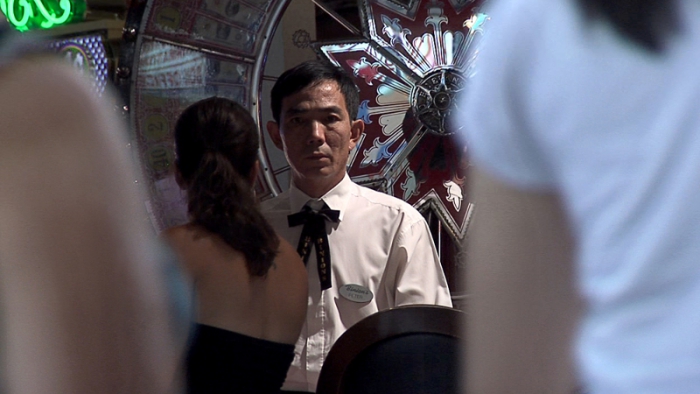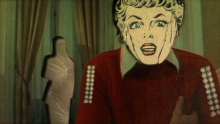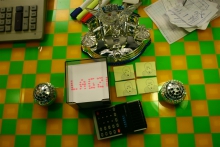The Sound of the End of Music
The Sound of the End of Music
Image and sound in the moving-image are ruled by very different principles, and in the age of film had to be laboriously synchronized. Indeed film music seems to lead an independent life. Despite (or perhaps because of) the fact that it is only rarely perceived consciously in film, it has a fundamental effect on the visuals; this extremely fruitful incompatibility is the theme of this programme. Based on an orchestral rehearsal of the Goethe classic, the conductor's directions in Die Angst die Macht die Bilder des Zauberlehrlings apparently correspond to images on TV-monitors mounted overhead, giving rise to something entirely new in the battleground of sound and image. With its comic-like collage of images, Pain So Light That Appears As Tickle tells a story of physical discomfort. Automamusic documents a museum for automatic musical instruments: put together with painstaking effort, these forerunners to the iPod produce strange and surreal interpretations of musical works. And in Laokoongruppe: Walzerkönig, the dreariest things in the world – items of office stationery – move rhythmically to music. Stardust consists of secretly filmed documentary shots of Las Vegas, conveying the impression of a Hollywood thriller solely through its use of montage and music. Listening to music together, or even making it together, is an essential part of group identification; despite the fact that the Norwegian artist in I Came Back For You longs to participate in the krump music culture of San Francisco, she simply does not belong to it, and has to make do with a lone performance in a hostel. The Sound of the End of Music on the other hand, deals not only with the incompatibility of images and music, but also mixes diametrically opposed film scores, giving rise to a strange distortion, somewhere between comfort and loss.
Die Angst die Macht die Bilder des Zauberlehrlings, Herbert Distel & Peter Guyer, ch 1993, 18 min
Pain So Light That Appears As Tickle, Dalibor Baric, hr 2010, 4 min
Automamusic, Aura Satz, uk 2008, 15 min
Laokoongruppe: Walzerkönig, Adnan Popovic, at 2009, 5 min
Stardust, Nicolas Provost, us/be 2010, 20 min
I Came Back For You, Heidi-Anett Haugen, us 2011, 4 min
The Sound of the End of Music, People Like Us, uk 2010, 4 min
(Image: Nicolas Provost. Stardust, copyright of the artist, courtesy of Video Data Bank, www.vdb.org)







